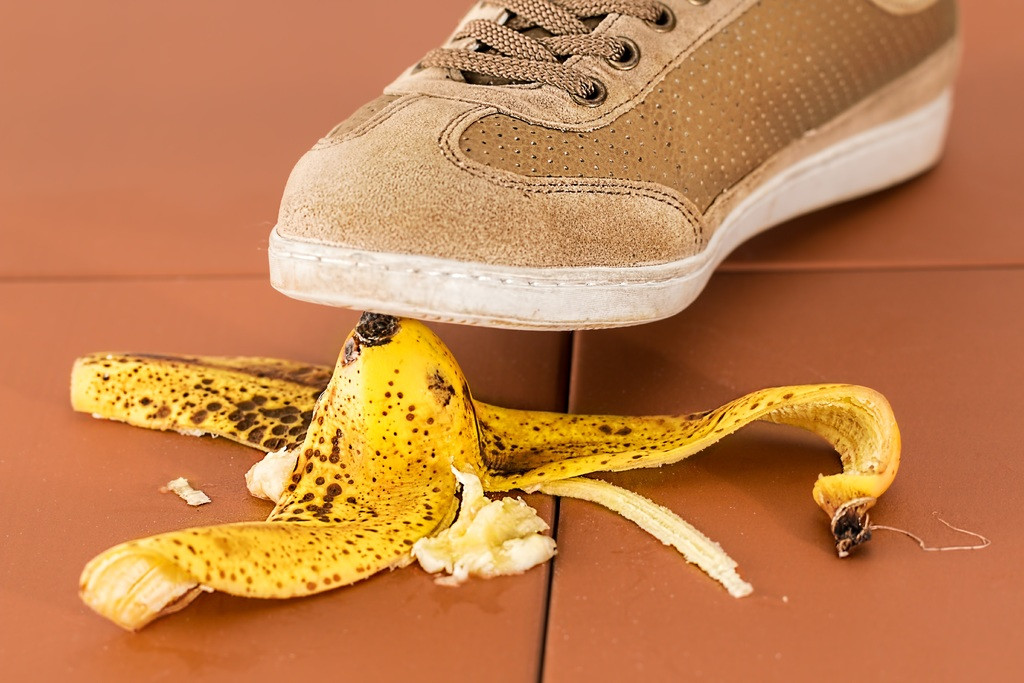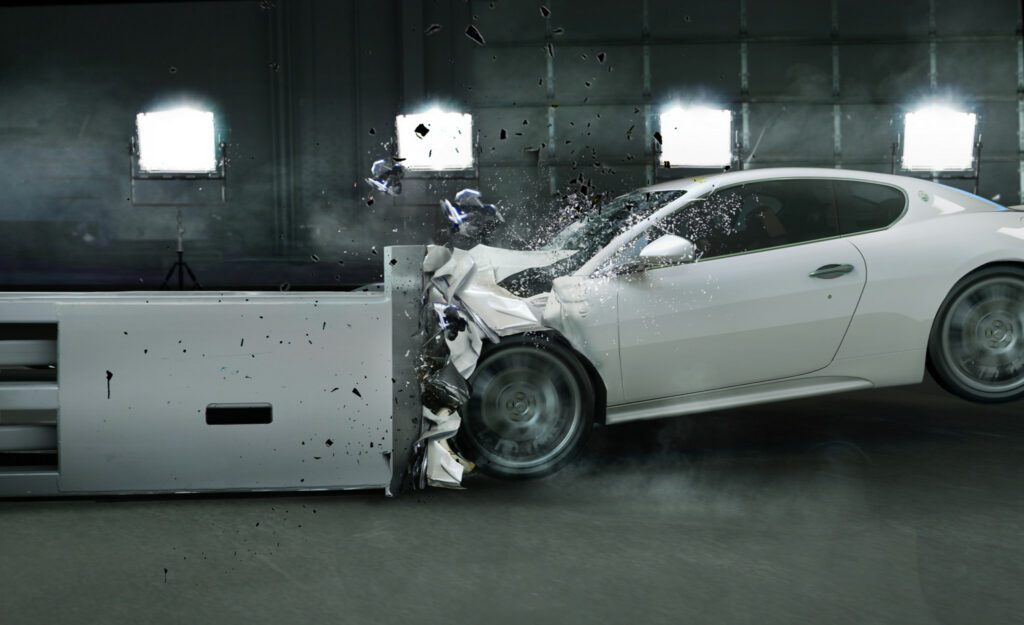5 May 2022 Concept Car
Just as with any other car, you expect a Kia to be safe. And yet, as of now, the Korean brand has a special responsibility:
As of this January, kia is the most popular UK car brand. With a market share of almost 10% and around 10,000 new vehicles sold, it overtook the almighty Volkswagen/Audi brands! This is a huge, outright historic success.
With so many of us now driving a kia, it has become imperative that they offer enough protection. If you are thinking about buying one, you really need to read this article to know if this is a safe decision.
Looking for car finance for a used kia? We have plenty kias on offer in our showroom!
Unfortunately, it seems as though the South Korean brand, despite its popularity, occasionally gets a gad rep in the safety department. There seems to be a consensus that you get what you pay for. And since kias are still cheap, they can supposedly offer limited safety at best.
We don’t agree with this. Kia has proven again and again that it places great value on the safety of its vehicles. That said, there are reasons for the widespread doubt.
If you want to know, why, read on! We’ll explain everything you need to know about how to buy a kia without having to worry.
Well, one very simple reason is that kia is generally perceived to be a budget brand.
What defines a budget brand? Typically the quality of its components, from the engine to the onboard technology, from the plastic used in the interior to the construction of the car as a whole.
Saving on costs, the argument goes, automatically implies compromising on quality.
 But there are more hands-on arguments, too.
But there are more hands-on arguments, too.As motorbiscuit astutely remarks:
“Safety is one of the only aspects of a vehicle that isn’t subjective. People have varied tastes when it comes to a model’s size, shape, and color. But when considering safety, the numbers don’t lie.”
So while we don’t disagree with the general assumption that more expensive cars should offer a higher degree of safety, ultimately, independent safety tests provide objective evidence.
It is here, precisely, that kia has experienced some serious setbacks. In various crash tests over the years, specific kia models scored either average or even below average.
Each of these seemed to solidify the impression that, when push came to shove, they did not offer optimal protection.
Now, we can hear you saying:
Gladly. There are three events which shaped the current negative reputation for safety that some assign to the brand:
In 2017, various kia models got disappointing scores on the Euro NCAP rating. The basic models of the Kia Stonic, Kia Picanto and Kia Rio all finished with a 3 out of 5 rating. By today’s standards, that’s a worrying result.
In 2020, the Base model of the India-spec Kia Seltos only scored a 3 our of 5 in adult safety and 2 in child protection. As the country’s car selling platform Car Dekho reported: “Shockingly, the Seltos’ bodyshell and footwell were rated unstable, not capable of withstanding further loadings.”
In the USA, too, there were a few raised eyebrows in 2020. Although kias in general received more than adequate safety ratings, different rating organisations spotted a few weak points, all with regards to the Kia Soul:
Before we cast judgement on these observations, let’s return to the aforementioned statement that “safety is one of the only aspects of a vehicle that isn’t subjective.”
So, what do these results mean, objectively?
We’ll get into the results of the Euro NCAP ratings in the next paragraph. But those notwithstanding, the meaning of the other results don’t really carry any meaning for drivers here.
The Kia Soul is exceedingly popular in the USA. There, it has become one of the most divisive models on the market, with a firm line between those who love it and those who dispise it.
In the UK, however, it is not even remotely the most popular kia. Taken together, the Sportage and Niro make up 60% of kia’s sales here and currently, the Soul is only available as an EV. Whatever issues there are with the Soul – UK customers are not the ones experiencing them.
Indian kias can not be compared to their counterparts in the UK. Very often, these are produced according to different standards and sometimes with technical differences as well. The Indian and Chinese Seltos, specifically, are of a lower quality than the North American ones. And currently, the Seltos is not even sold in the UK at all.
These, then, offer no reason to worry. Instead, let’s take a look at a more fundamental aspect of safety ratings:
 Safety ratings are progressive.
Safety ratings are progressive.One important thing you need to understand about safety ratings is that they get stricter with each passing year.
Euro NCAP started publishing its results in 1997. In that year, several cars scored the best possible rating. Today, none of those cars would ever pass muster. The simple reason is that we expect safety technology to improve. Which means that in order to keep getting maximum results, manufacturers have to improve their cars.
There is an important conclusion we can draw from this.
Sometimes, a negative score simply reflects the fact that a particular model generation is pretty old. Some models simply remain available for a long time. So if Euro NCAP were to test one of these models, their score would be lower than that of a newer car – simply because it isn’t up to date anymore.
It doesn’t mean it’s extremely unsafe.
It is true that one reason why kias are so cheap is that their entry level models tend to be extremely bare. Unfortunately, this is also true when it comes to safety features.
Let’s take a look at the 2017 Euro NCAP results again. Yes, the Stonic, Picanto and Rio all had disappointing 3/5 ratings. However, the same models scored a perfect 5/5 once you equipped them with the full safety packs.
Whether or not this makes sense is, ironically, a somewhat subjective assessment. Much of the safety pack is taken up by driving assistance applications. While these can indeed be of help in preventing an accident, one could argue that the structural integrity of the car cabin still takes precedence.
And in this regard, kias tend to do great.
Prior to 2009, kia’s results on the Euro NCAP ratings were in line with people’s expectations of the brand.
In 2003, the Carnival/Sedona scored a meager 2 points overall. The Picanto (in 2004) and the Cerato (in 2006) only got one point more.
However, already back then, these were rather the exception than the rule. Most kias scored 4 out of 5 points, which is a fully satisfactory result. In 2007, the Cee’d even managed a 100% perfect rating.
Since then, kias has been consistently excellent to good in safety tests. The brand’s results have become more consistent, too, with improvements in all departments. The Insurance Institute for Highway Safety recently even celebrated the parent company as an industry leader in safety. This certainly bodes well for the future!
The make isn’t quite there, yet. When Carwow compiled their safest cars in 2022, it did not feature a kia. But the way things are going, that could change very soon.
2017 really was a temporary blip – and not even that, if one considers the influence of the safety pack.
 Not just safe – but reliable, too
Not just safe – but reliable, tooThe road to kias leading market position in the UK is impressive. Effectively, kias have been getting better every single year and they are still improving today.
This is reflected by the reliability of its models. In 2021, kia was one of WhatCar?’s ten most reliable car brands in the UK. The value of that report is disputed. (Tesla once ridiculed it as ‘meaningless’). But it’s a clear indication that kia has gone from having to catch up to a make that deserves your trust.
Don’t forget that Hyundai became a minority stakeholder in kia in 2015. The partnership has been beneficial for both sides, but probably kia has profited from it the most. Certainly, its relentless drive for excellence only seems to have become more pronounced.
There’s another aspect to kia’s ratings. Although it is improving its standing for bigger models, kia’s main market is still smaller cars.
These are inherently less safe than bigger ones. Simply because the latter have larger crumple zones and have a stronger build. And because they weigh more, the risk of them toppling or rolling over is a lot smaller.
This doesn’t mean you can’t build small automobiles which are safe and do well on crash tests. But it does mean that kia, as a brand who made its name in the city car department, has an inbuilt disadvantage against many of its competitors, who have a wider outlook.
Visit our showroom for the best used kias available at the moment – and great car loans to finance them.
5 May 2022 Concept Car